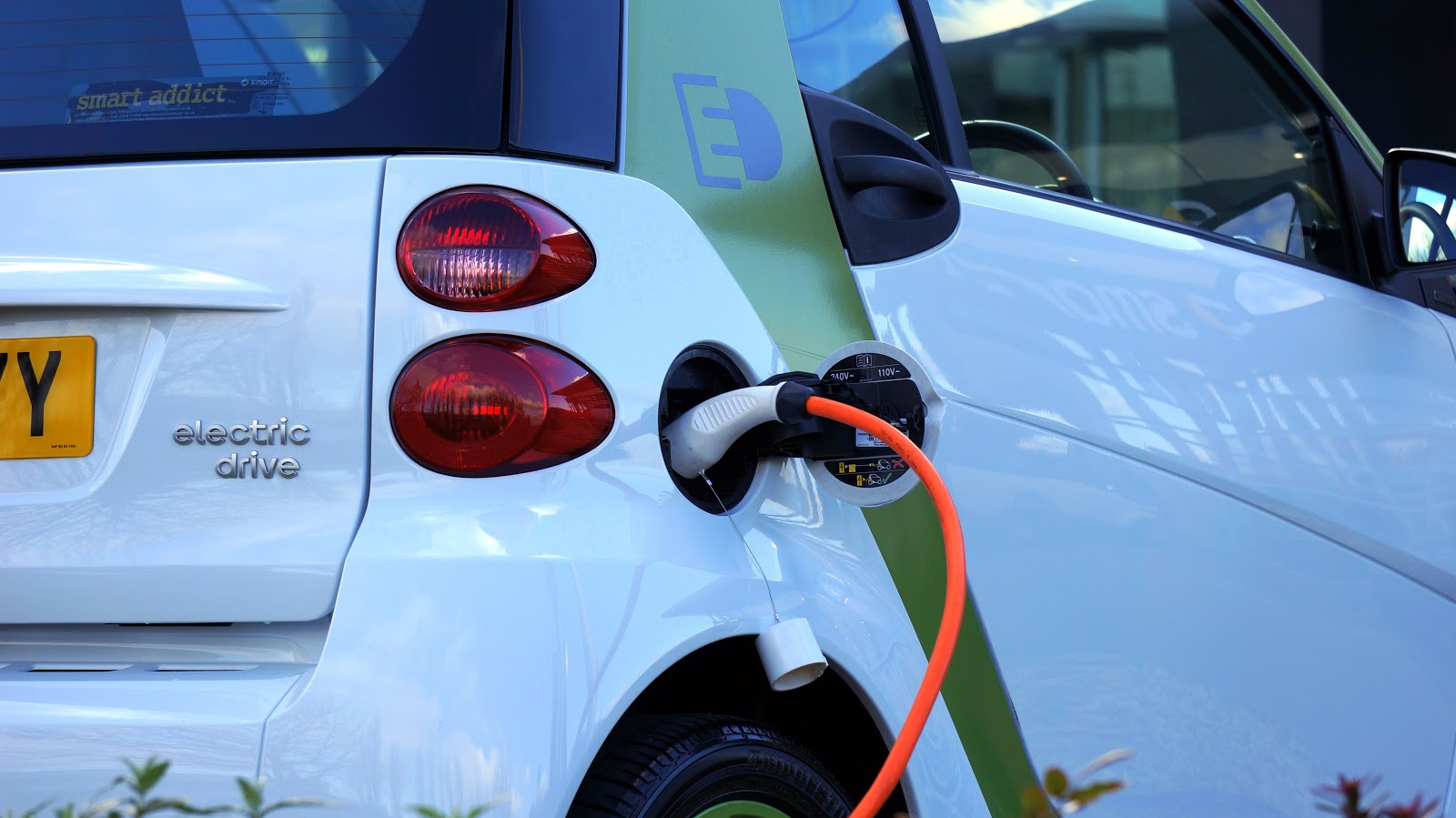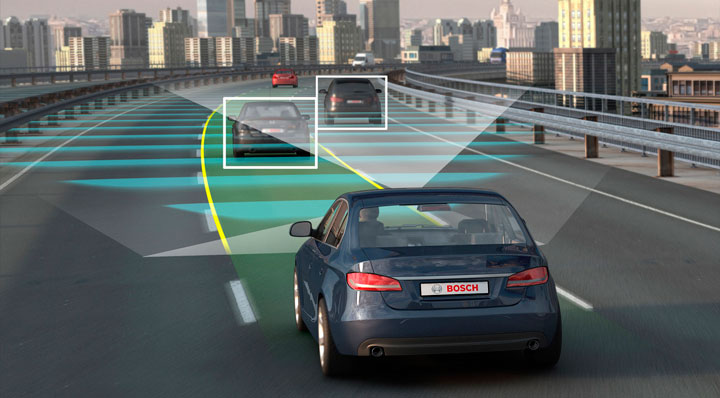How Far Can an Electric Vehicle Drive?
Everyone who considers buying an electric vehicle wonders about how far they can travel before needing to be plugged in. Range anxiety, or worrying about becoming stranded on the side of the road from the battery becoming completely depleted, is a very real concern blocking many from buying electric cars.
While you can experience range anxiety with a traditional car, it’s far less likely. After all, fuel pumps are scattered throughout Canada. Vehicle chargers, on the other hand, aren’t as easy to come across in the country, particularly in more rural areas. No matter what kind of car you drive, the last thing you want to have happen is to be stranded.
Before buying an electric car, you should have a thorough understanding of how far it can go on a single charge. That will help you decide if an electric vehicle is right for you, and to help you choose a specific model.

Longest Range for Electric Vehicles
Thanks to improving electric vehicle technology and designs, the range for many models has been increasing. There are currently eight different electric cars which can go over 320 kilometres on a single charge. That’s great, because you should be able to go about your everyday tasks without needing to stop and plug in.
Here are those eight long-range electric cars:
8. Audi E-Tron 328 kilometres
The first fully-electric model from the storied German brand, the Audi E-Tron was highly anticipated. Some were expecting a much further range estimate, but this is still one of the better EVs on the market today. It also boasts excellent onboard luxury features and solid handling dynamics.
7. Nissan Leaf E+ 363 kilometres
After waiting for some time, the Nissan faithful finally can buy a longer-range version of the beloved Leaf. It boasts a much further range than other versions of the popular electric vehicle. Thanks to the hatchback design, the interior is quite spacious and utilitarian.
6. Jaguar I-Pace 376 kilometres
The first electric vehicle from Jaguar, the I-Pace is impressive in many ways. Not only can you go a good distance on a single charge, this SUV is also quite quick and boasts razor-sharp handling. Both rows of seating are spacious, making it perfect for taller drivers and passengers.
5. Chevrolet Bolt 383 kilometres
As the only electric vehicle currently being made under the Chevrolet brand name, the Bolt has a lot of pressure to succeed. The fact it boasts good range is a nice boost, making it a more practical option than some. Like the Nissan Leaf, the hatchback design makes this smaller EV more practical when you’re needing to transport larger items.
4. Hyundai Kona Electric 415 kilometres
Nobody really saw this one coming, but the little electrified Hyundai SUV is quite the practical EV. Not only can it travel quite far between recharging sessions, the battery will replenish rapidly if you can access the right kind of charger. You get all that for a seriously low price, which is why the Kona Electric has been racking up big sales numbers.
3. Tesla Model X 474 kilometres
The biggest vehicle offered by the controversial California automaker, the Model X is a technological wonder. While the falcon wing doors are amazing, the fact you can go so far on a single charge with this large SUV, if you go for the P100D version, is quite impressive. You also enjoy access to Tesla’s Supercharger network, which allows for rapid replenishing of the vehicle battery, which is another huge plus.

2. Tesla Model 3 498 kilometres
This newest member of the Tesla lineup is a real champion in many respects, and that of course includes driving range. To enjoy the longest range estimate, you must buy the aptly-named Long Range Model 3. The other versions of the car still go impressive distances on a single charge, if you’re looking to save some money.
1. Tesla Model S 539 kilometres
For now, the king of electric vehicle driving range remains the Tesla Model S 100D. Thanks to several design changes, this full-size sedan looks great and drives with a level of refinement that might surprise you.
Factors Affecting Range
Just because an electric vehicle has a certain driving range stated doesn’t mean you can expect to go as far before needing to plug in. Just how far the car will go on a single charge is actually a pretty complicated question with plenty of variables. In reality, that’s the way it is with internal combustion cars, with many factors affecting fuel efficiency.
Knowing the factors that affect electric car range is key to understanding how you can get the most kilometres out of each charge.
Temperature
Extremes in temperature don’t help with electric vehicle range. Whether it’s incredibly cold, which is something we experience quite often in Canada, or very hot, the battery’s charge is diminished at least somewhat. Keeping your car in an insulated garage will help, but it doesn’t erase the effect of outside temperatures once you start driving. If possible, it’s best to try driving when temperatures are more reasonable.
Driving Style
Just like with traditional cars, if you drive an electric vehicle aggressively, efficiency goes down significantly. It’s a huge temptation to accelerate hard from a standstill in an electric car, thanks to peak torque output being available immediately. While that’s fun to do, it’s a good way to deplete the battery quickly and diminish the range significantly.
If you drive at higher speeds, you can also expect a negative effect on driving range. That’s good incentive to not speed, but instead to obey the posted limits on surface streets and the highway.
Tires
What tires you use on your electric vehicle and the condition of those tires has a big impact on range. Most electric vehicles come with tires which are optimal for efficient performance. They might not be ideal for aggressive driving, but you already know that isn’t great for range anyway.
You also need to maintain your car’s tires. Check the inflation at least once a month. Driving on underinflated tires not only wears out the tires faster and unevenly, it also causes your car to work harder to maintain the same speeds. That means less range, all because you forgot to inflate the tires as needed.

Windows
Opening the windows or sunroof in your electric vehicle can be refreshing, particularly when it’s nice and cool outside, but it comes at a cost. Your car was designed to cut through the air with the windows closed. Opening them creates extra resistance, and that resistance means your vehicle must work harder to maintain the same speed. That means more energy used and a diminished driving range.
The effect of one or more open windows on range becomes more pronounced the faster you’re traveling. This means on roads with higher speed limits, like the highway, aren’t the place to cruise with the wind blowing through your hair.
This doesn’t mean you can never open the windows or sunroof on your car. Just remember that they will mean it’s time to plug in sooner, if that’s something you can handle.
Terrain
Any vehicle expends more energy and thus runs less efficiently as it climbs steep hills. The steeper and longer the grade, the greater the impact on range. Of course, mountain passes which are particularly large can plummet electric vehicle range by a sizable amount.
On the flip side, going downhill can help improve driving range. If you’re traveling through relatively flat terrain, you should experience a more normal range.
Peripheral Systems Usage
Other items in your car use electricity to run, like the sound system, headlights, and air conditioning. Even charging your smartphone while driving uses electricity that otherwise would be turned into propulsion energy. Any of these activities put a drain on the battery, which directly affects the driving range. If you’re super concerned about being able to reach a destination without having to stop and plug in, by avoiding using different peripheral systems, you can increase the vehicle’s range at least some.
Just how much of a range boost you enjoy by not running the air conditioning or jamming out to your favorite songs really depends on a few factors. One is the design of your vehicle and the peripheral systems. That means in some electric vehicles, listening to the radio will have a greater effect than in others. Another factor is how you use those systems. Really blasting the air conditioning will use more electricity than keeping it on a warmer setting with the fan rotating more slowly.
Onboard Weight
The more weight any powertrain has to move, the less efficiently it will run. This is why automakers are constantly trying to find cost-effective ways to shed some vehicle weight by using composites, high-strength steel, and other innovations.
While there’s nothing you can really do about your electric vehicle’s weight, you do affect additional weight being carried inside. The more people who are riding in the car, and the bigger those people, the more a negative effect will be placed on driving range. It’s the same story when it comes to transporting objects in the car, like groceries, sports equipment, luggage, etc.
Keeping the car clear of items you don’t need inside will boost range, at least some. Obviously, the heavier the object you remove, the greater the effect on range.
Vehicle Design
You don’t have any control over how the car you own was designed, but you can do your homework before buying one. This is the single biggest factor affecting electric vehicle range, so it’s worth checking out the different options thoroughly before making a purchasing decision.
How Range Estimates Are Calculated
If you don’t know anything about how range estimates for any car, be it electrified or not, are calculated, you might be shocked to learn some details. Basically, what it comes down to is these estimates are generated using conditions nobody just traveling in their car on a daily basis will duplicate.
The natural question to ask is if these range estimates aren’t realistic, why do we have them? The answer is they’re a type of measuring stick. While you might be able to drive further or less than the official estimates, it gives you a general idea of what to expect. The standardized measurement techniques also portray which electric vehicles are more likely to provide further driving range versus competitors, allowing you to make a more educated purchasing decision.
When estimating electric vehicle range, keep in mind that researchers use instrumented laboratory tests are part of the process. This allows for a strict control of conditions, which is absolutely necessary for a standardized analysis.
Of course, in the real world conditions are anything but standardized. The weather can very from one day to the next, or even at different points during the same day. You might need to drive through hillier terrain sometimes, while other times you’re traveling through relatively flat areas. Based on your mood, you might drive more aggressively one day versus another.
Just remember, the range estimates for electric vehicles are just that, estimates. What you actually get range-wise from your car can and most likely will vary.
What Vehicle Should You Buy?
There are a lot of factors which affect your choice of a vehicle. If you’re concerned about range for an electric vehicle, it’s best to err on the side of caution.
Figure out your budget and then find the car with the longest range you can reasonably afford. It’s best to have too much driving range than too little, because then you’re not rising becoming stranded ever. Honestly assess your lifestyle and needs. Do you take longer trips very often, or are you mostly sticking to a smaller area? How many miles do you drive on an average day? That kind of information is invaluable in selecting the best electric vehicle for your needs.
Ultimately, answering the question of what vehicle you should buy is something only you can do.






